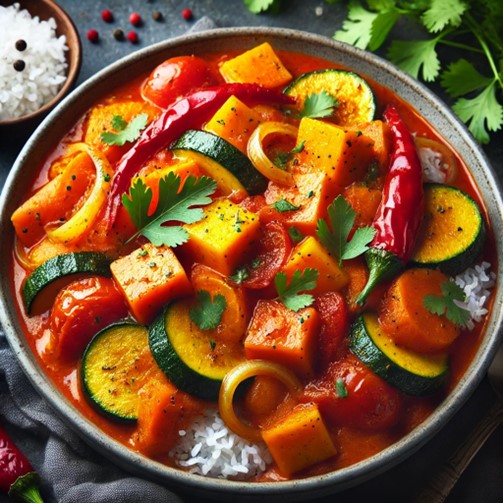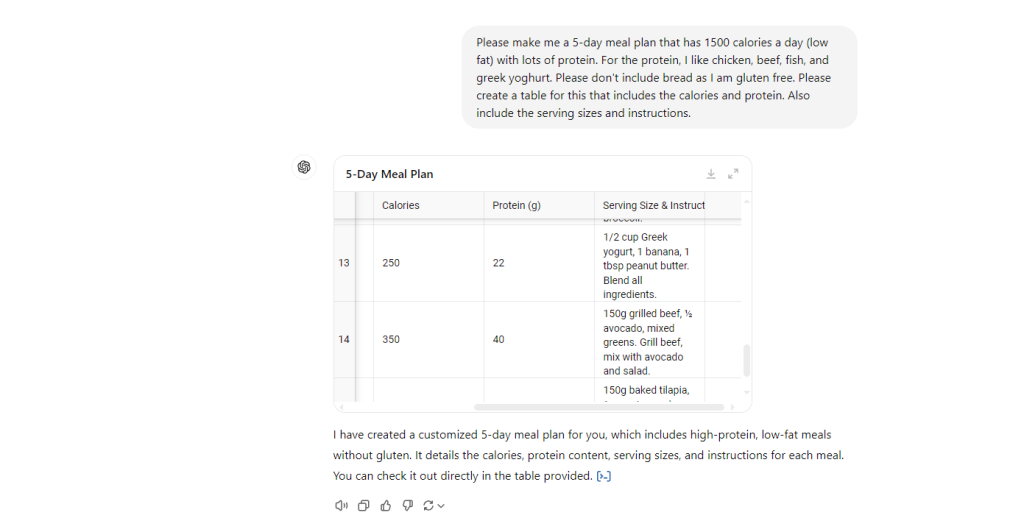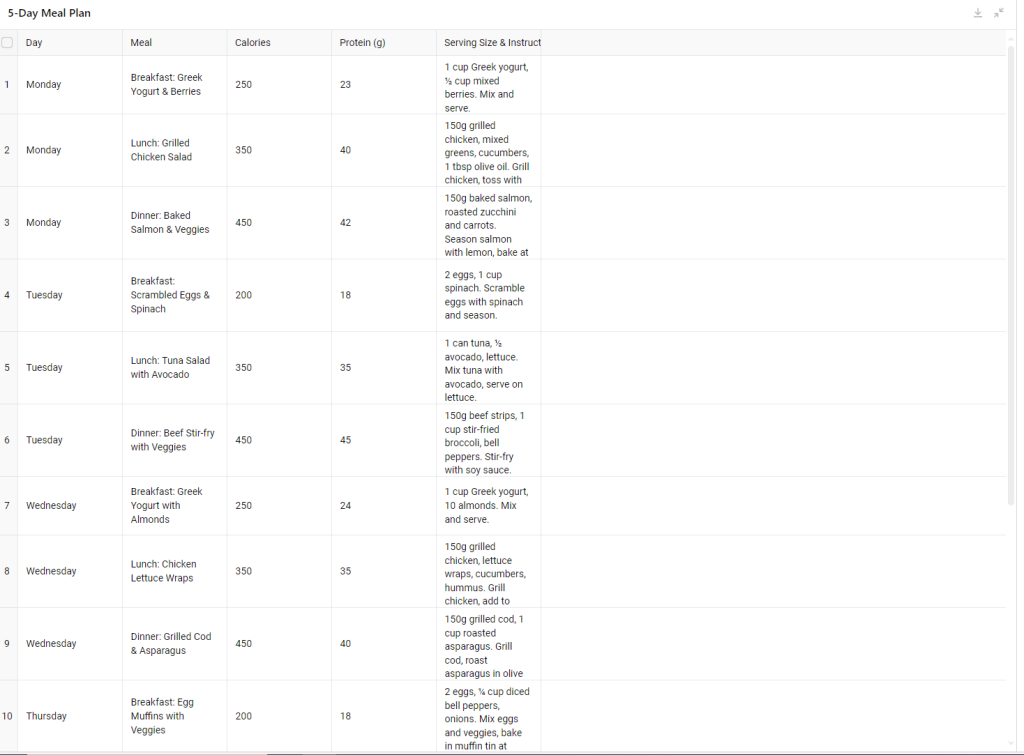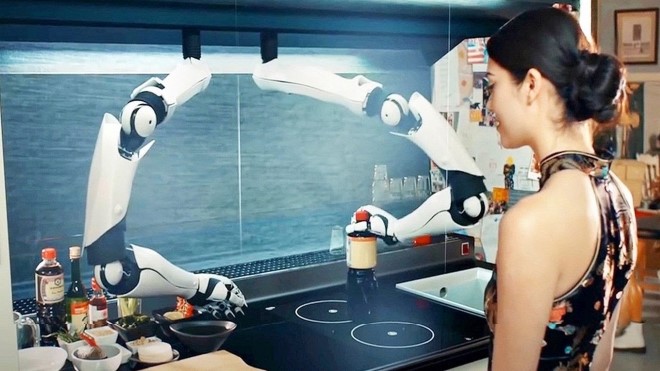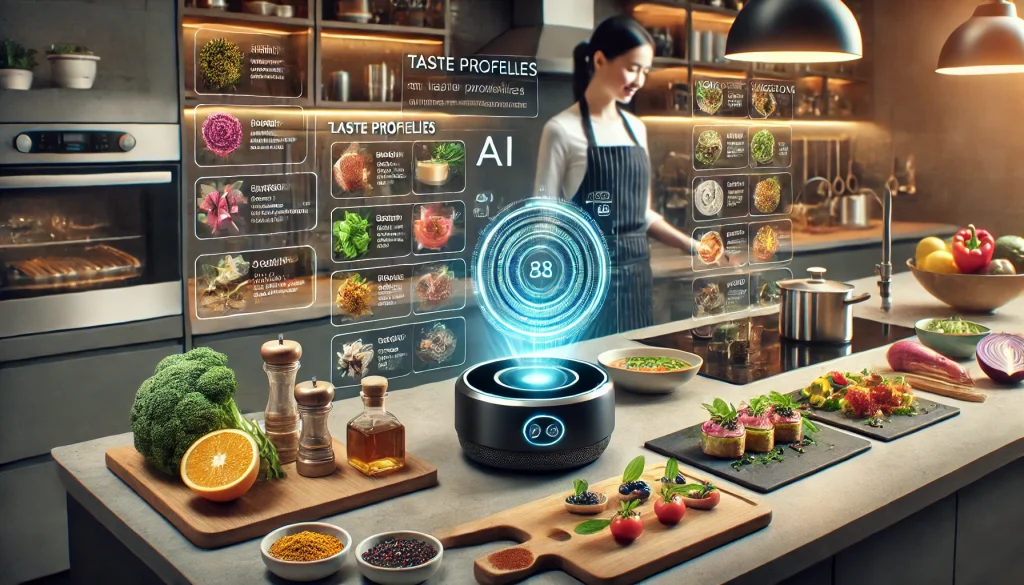
In today’s fast-paced world, health-conscious individuals and families often struggle to find the time and inspiration to cook nutritious meals. Therefore, we are presenting tasteTAILOR: a revolutionary digital culinary assistant that harnesses the power of Generative AI (GenAI) to streamline your cooking experience. It is designed to create recipes tailored to users’ diet choices, available ingredients, and kitchen appliances – offering a unique and personalized way of cooking. To streamline the cooking experience even further, tasteTAILOR seamlessly integrates its ingredient list with partner supermarkets. TasteTAILOR even offers a social community where users can share their experiences in the kitchen, get inspiration from other users, and connect with individuals with similar culinary interests.
Objectives and Value Proposition
TasteTAILOR’s most important objective is to grant customers the highest level of user satisfaction possible by making meal planning easy, seamless shopping through APIs, and engaging with the community through food recommendations powered by GenAI. Fundamentally, tasteTAILOR is committed to reducing food waste and fostering sustainable and healthy cooking with recipes to fit every taste.
We at tasteTAILOR present a multi-dimensional value proposition. We propose new dishes tailored to specific tastes but it will also generate shopping lists in supermarket applications in a hassle-free manner. Our customers can benefit from the step-by-step visual and audio instructions so that cooking can become enjoyable for everybody. The community feature provides an exciting way to connect with other like-minded culinary enthusiasts.
Target Customer Segments
TasteTAILOR’s services are a perfect fit for several customer segments, for instance, busy professionals who have limited time to cook but desire healthy recipes, students who are on an extremely tight budget and advanced hobby cooks who want to experiment with different types of cuisine and connect with other home cooks. The application also applies to people with special diet needs, making it the most suitable solution for those looking for a personalized cooking experience.
Key Activities and Resources
Key activities of tasteTAILOR include the design of customized recipes, using the power of GenAI technology. The personalization power comes from the analysis of user behavior, tracking one’s activity in the community, and through capturing user’s (daily) preferences. Logically, the key resource of tasteTAILOR is the GenAI system that is woven throughout the entire business model, from generating recipes to chatbots intended for user interaction, and analytics that are inducted continuously for better personalization.
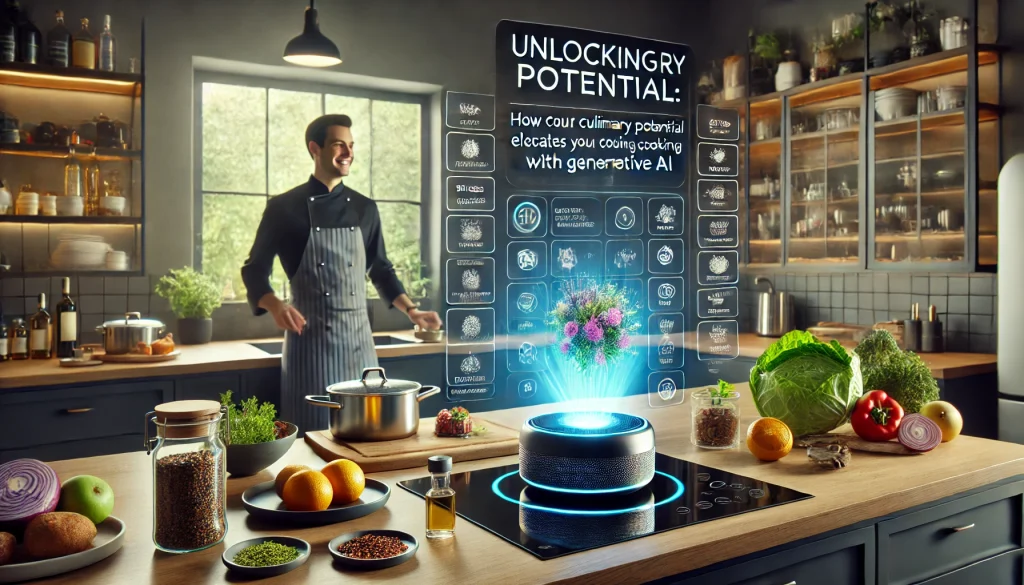
Challenges and Solutions
While the integration of GenAI offers significant benefits to the tasteTAILOR platform, it also comes with potential pitfalls, such as data privacy issues or technical glitches. The platform has taken stringent actions to consider these risks, implementing robust security measures and algorithm enhancement. The education of users through tutorials and community building is another crucial component in the adoption of AI-powered cooking solutions.
The Future of Meal Planning
Among the new generation of meal-planning applications and technological substitutions in a broader perspective, tasteTAILOR stands at the very top of elevating one’s cooking experience. TasteTAILOR offers personalized solutions that are not just tailored to the individual but are also ecologically-conscious. Taking everything into account, tasteTAILOR is not a meal planner; instead, it is a community-driven solution to empower its users to cook healthy recipes based on their own preferences. TasteTAILOR powered by GenAI is making cooking joyful.
